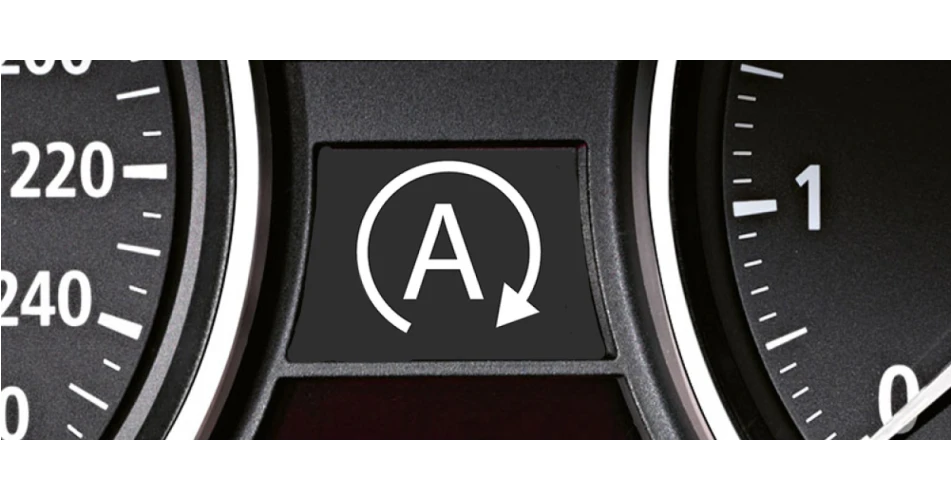After the recent easing of lockdown conditions and drivers returning to using their vehicles, the Autobiz helpline has had a large volume of calls for non-functioning Stop-Start systems. Stop-Start is a system that has very specific requirements for correct operation.
Many technicians do not understand how to begin diagnosing these systems, and the system is very specific on what should be in place before it will operate. It should also be noted that not all systems will log fault codes as to why the system is not working. A basic knowledge of the requirements is a must.
Due to the high number of vehicles that have been standing unused for the last few months, the most common issue is the battery state of charge (SOC). Often a data PID in the scan tool indicates a problem with SOC. Stop-Start requires a minimum battery state of charge of 80% before it will operate, but this is only the beginning of the requirements.
Quite a number of calls indicated that the vehicle had a flat battery after a long period not being used. Some of these batteries were recharged and tested, others had the battery replaced. In both situations, a reset of the neutral position sensor is needed, and this will require a scan tool.
Stop-Start vehicles are also equipped with an intelligent battery monitor, located on the negative battery terminal. Incorrect connection of jump cables can damage these monitor modules. Also, after battery replacement, the intelligent battery monitor requires a reset procedure before Stop-Start will function.
Some criteria for Stop-Start operation:
• Vehicle must have reached 3 mph since first engine start
• Ambient temperature over 7°C
• Windscreen and rear window heaters off
• Drivers seat belt buckled
• Gear in neutral
• Clutch pedal released
• All doors closed
• Idle speed less than 1200 rpm
• No regen of DPF in progress
• Temperature on climate control not above 12°C above cabin actual temp.
• Incline of vehicle not to exceed 10°
• Steering wheel angle not greater than 270° from central position
• In automatic vehicles, the brake pedal must remain pressed.
We have seen instances where these conditions have stopped the system from operating:
• Damaged driver door mirrors have disabled Stop-Start due to an outside air temp sensors misreading.
• Driver's seat belt buckles damaged or not worn by the driver.
• Brake light switches faulty
• Faults in the neutral position sensors
• Incorrect batteries fitted. AGM batteries are required.
As you can see, Start-Stop is a complex system to diagnose without the correct system knowledge. To download this information click
HERE See this and lots more Tech Tips on
TechTips.ie
 The Autobiz helpline has had a large volume of calls for non-functioning Stop-Start systems. Stop-Start has very specific requirements for correct operation.
The Autobiz helpline has had a large volume of calls for non-functioning Stop-Start systems. Stop-Start has very specific requirements for correct operation.
